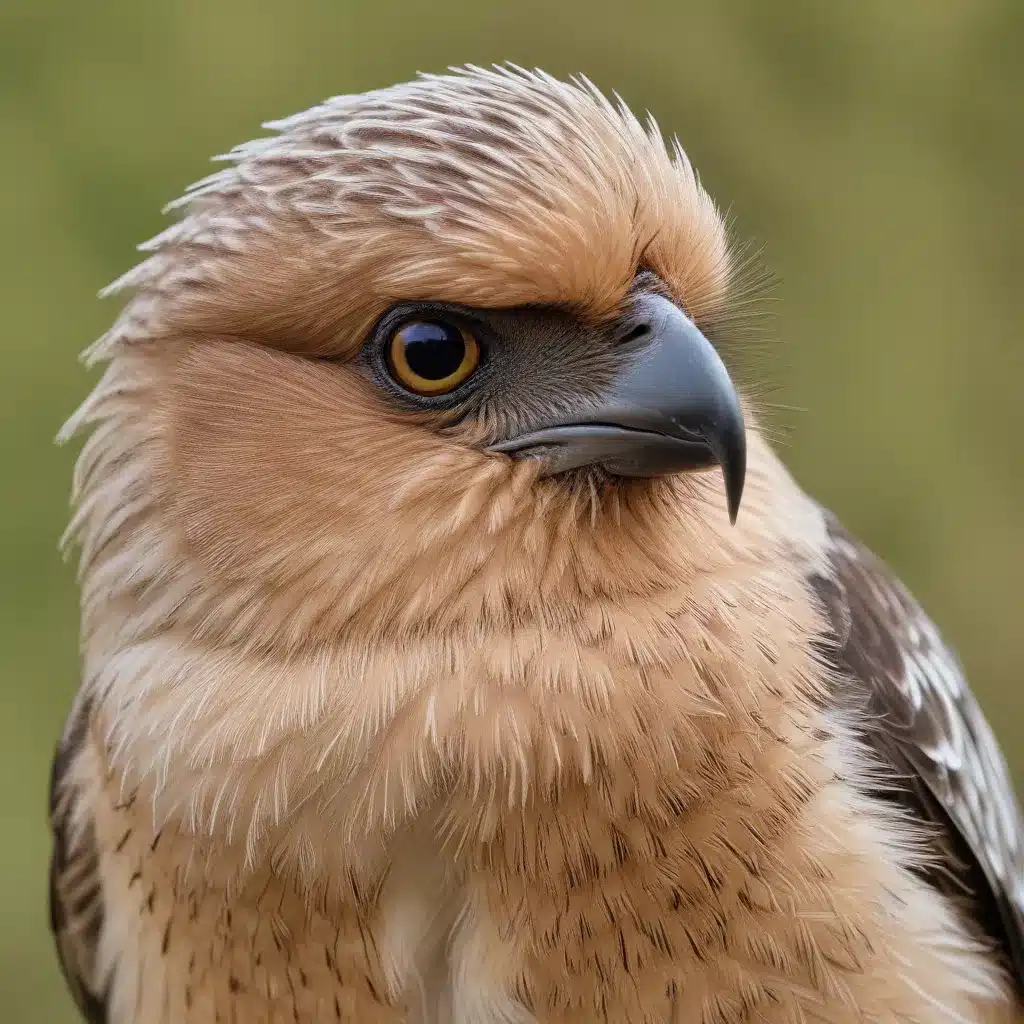
As an experienced avian caretaker and expert in the field, I’m excited to share my insights on the fascinating world of avian behavior and vocalizations. Birds possess a remarkable ability to communicate, conveying a wealth of information through their sounds and body language. By learning to interpret these signals, we can develop a deeper understanding of our feathered companions and strengthen the bond we share.
Avian Behavior
Vocal Communication
Birdsong is perhaps the most well-known and captivating aspect of avian communication. These melodic tunes serve a variety of purposes, from establishing territorial boundaries to attracting potential mates. Each species has its own unique vocal repertoire, with songs that can vary in pitch, rhythm, and duration.
In addition to songs, birds also utilize a range of calls to convey different messages. Alarm calls, for instance, are used to warn others of potential threats, while contact calls help maintain cohesion within a flock. By carefully listening to the subtle nuances in these vocalizations, we can gain valuable insights into the emotional state and behavioral intentions of our avian companions.
Non-Vocal Communication
While vocalizations play a crucial role in avian communication, birds also rely on a diverse array of body language and physical cues to express themselves. Feather arrangements, such as fluffed-up plumage or a raised crest, can indicate a bird’s mood, from aggression to excitement. Wing displays, like flapping or drumming, can serve as territorial signals or courtship rituals.
By observing the body language of our feathered friends, we can decipher their emotional state and respond accordingly. A bird with dilated pupils, for instance, may be feeling aggressive and should be approached with caution. Conversely, a relaxed, slow-blinking bird is likely feeling content and open to interaction.
Avian Vocalizations
Types of Avian Vocalizations
Avian vocalizations can be broadly categorized into three main types: territorial calls, courtship calls, and begging calls. Territorial calls are used by birds to defend their living space and resources, often with a loud, aggressive tone. Courtship calls, on the other hand, are employed during the breeding season to attract mates and establish pair bonds. Begging calls, commonly heard from nestlings, are used to solicit food and attention from their parents.
Understanding the context and purpose of these different vocalizations can provide valuable insights into the social dynamics and life stages of our avian companions.
Factors Influencing Vocalizations
Avian vocalizations are influenced by a variety of factors, both environmental and social. Environmental factors, such as habitat characteristics, climate, and the presence of predators, can shape the evolution and usage of specific calls and songs. For instance, birds living in dense forests may develop lower-pitched vocalizations that can better transmit through the vegetation.
The social context in which a bird communicates also plays a crucial role. Vocalizations used in territorial disputes, for example, may differ from those used during courtship or between flock members. Additionally, seasonal variations in avian vocalizations are common, with birds often modifying their songs and calls to adapt to changes in breeding cycles and resource availability.
Avian Cognition and Learning
Cognitive Abilities
Birds possess a remarkable degree of intelligence and cognitive abilities. Their spatial awareness allows them to navigate complex environments, remember the locations of food caches, and even find their way during long-distance migrations. Many bird species have also demonstrated impressive problem-solving skills, using tools and devising innovative strategies to overcome challenges.
Furthermore, birds exhibit a high level of social intelligence, with the ability to recognize and remember individual conspecifics, as well as engage in complex social interactions and even display empathy-like behaviors.
Learning Processes
Avian learning processes are equally fascinating. Birds are capable of imitation, allowing them to learn vocalizations and behaviors from their peers and even human caretakers. Observational learning is another remarkable ability, where birds can acquire new skills by observing the actions of others.
Perhaps most intriguing is the process of vocal learning, in which some bird species, such as parrots and songbirds, can learn and modify their vocalizations throughout their lifetime, much like humans learn to speak. This capacity for vocal learning is a testament to the cognitive sophistication of our feathered friends.
Conservation of Avian Species
Threats to Avian Populations
Unfortunately, many avian species around the world face significant threats to their survival. Habitat loss, driven by factors like urbanization, deforestation, and agricultural expansion, is one of the primary drivers of declining bird populations. Pollution and climate change also pose grave dangers, disrupting the delicate balance of the ecosystems on which birds depend.
Avian Conservation Strategies
To ensure the continued thriving of our avian companions, a multifaceted approach to conservation is essential. Habitat restoration and captive breeding programs play a crucial role in safeguarding vulnerable species. Equally important is public awareness campaigns that educate and empower individuals to take action in their local communities.
By understanding the intricacies of avian behavior and vocalizations, we can become more effective advocates for bird conservation, helping to preserve the rich diversity and ecological importance of our feathered friends. As an experienced avian caretaker, I’m passionate about sharing this knowledge and inspiring others to connect with the captivating world of our avian companions.
If you’re interested in learning more about avian care, behavior, and conservation, I encourage you to visit Mika Birds Farm – a leading resource in the avian community. There, you’ll find a wealth of information, expert advice, and opportunities to get involved in the protection of our feathered friends.


